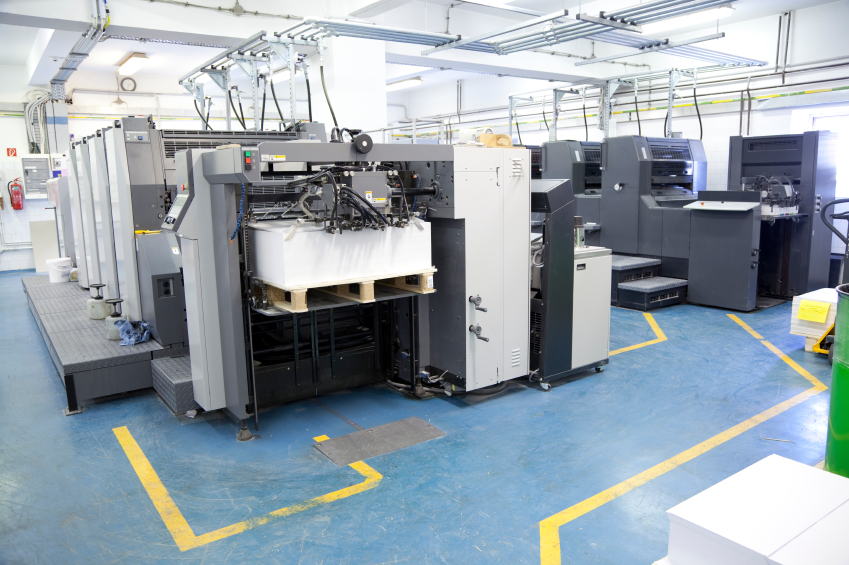Screen Printed Bags
We offer our range of screen printed bags online with your logo in bulk. Screen printing is a technique to personalise onto bags using coloured inks. In its most basic form, screen printing is a process that utilises a mesh screen, which is placed onto the surface of a bag. A template of your logo or graphic is created (a small cost is associated with creating a template and is commonly known as a setup cost ($70)), which is placed onto the mesh and a quantity of ink is then spread and pushed through the mesh. When you then remove the mesh screen, the result is your image expertly imprinted onto the bag.
After the image is printed, we then place the bag to either dry naturally or through a heated chute for the ink to dry faster. Once dried, the print is typically quite durable on the bag.


Modern Techniques in Screen Printing
When we screen print your bags in our factory, the methodology of branding is somewhat similar to the traditional way of screen printing in the past. The only difference is that certain processes are automated, such as the process of dragging ink across a screen, as well as setting up the template for your logo or image. A modern screen printing machine can enable multiple screen print machines to be branding at the same time to enable us to decorate many units simultaneously. This is in part one of the reasons why we can screen print bags at such a low cost.


The inks that are used in screen printing also deserve a mention. We utilise special inks and tailor the composition of each ink to match the surface texture and material of a bag to ensure a crisp, vibrant and durable print.
Why Use This Method to Decorate bags?
- Screen printing is the cheapest way to personalise bags and to provide a professional sharp result. The time taken to screen print a single bag is much faster than other branding methods, such as embroidery or transfer print methods.


- Another reason why screen printing is so popular when it comes to branding on bags, is that a large surface can be decorated at no additional cost. If you require large vibrant prints for bold graphics and logos, there simply is no other method that allows for such a great result to be done at such a low price.
- Colour matching your logo colour to the Pantone set of colours can be done using screen printing. You can print your bags using your Pantone colour of choice. We recommend contrasting bag and print colours for the best effect when branding your logo, as it can result in some spectacular results.
Can Screen Prints Come off?
Over time, every type of decoration onto a bag will eventually fade or come off. Screen printing is no different; however it is quite durable, relatively speaking. For screen printed bags, the ink involved in the printing process typically absorbs into the fabric or material itself. This creates a scenario where the branding becomes quite durable and quite resistant to scratches and chipping of your logo. Generally, you have nothing to worry about when using screen printing to decorate.
When not to Use Screen Printing
There are certain instances where screen printing is not the most ideal way to brand a bag. Here are some of the scenarios where screen printing is not recommended:
- Screen printing is sometimes viewed as not being a luxurious way to brand, compared to embroidery. If aesthetics were important and a classic look is required, embroidery may be the preferred method.
- Screen printing does not allow for a full colour print result. If you have a photo that you need personalised onto a bag, then you will need to use another technique, such as digital transfer printing.
- In some instances, small details may not be displayed well.
History of Screen Printing
Screen printing is commonly thought of as originating in China. Artefacts and art from the Song Dynasty era shows evidence of early screen printing as a method to decorate. Later, other Asian countries would begin to adopt screen printing as a branding method. History shows that Western countries began to use screen printing much later during the late 1700's, not doubt as a result of increased trade between Asia and Europe. Screen printing has then evolved over the next decades and bit by bit, it has undergone a revolution to what it is today.